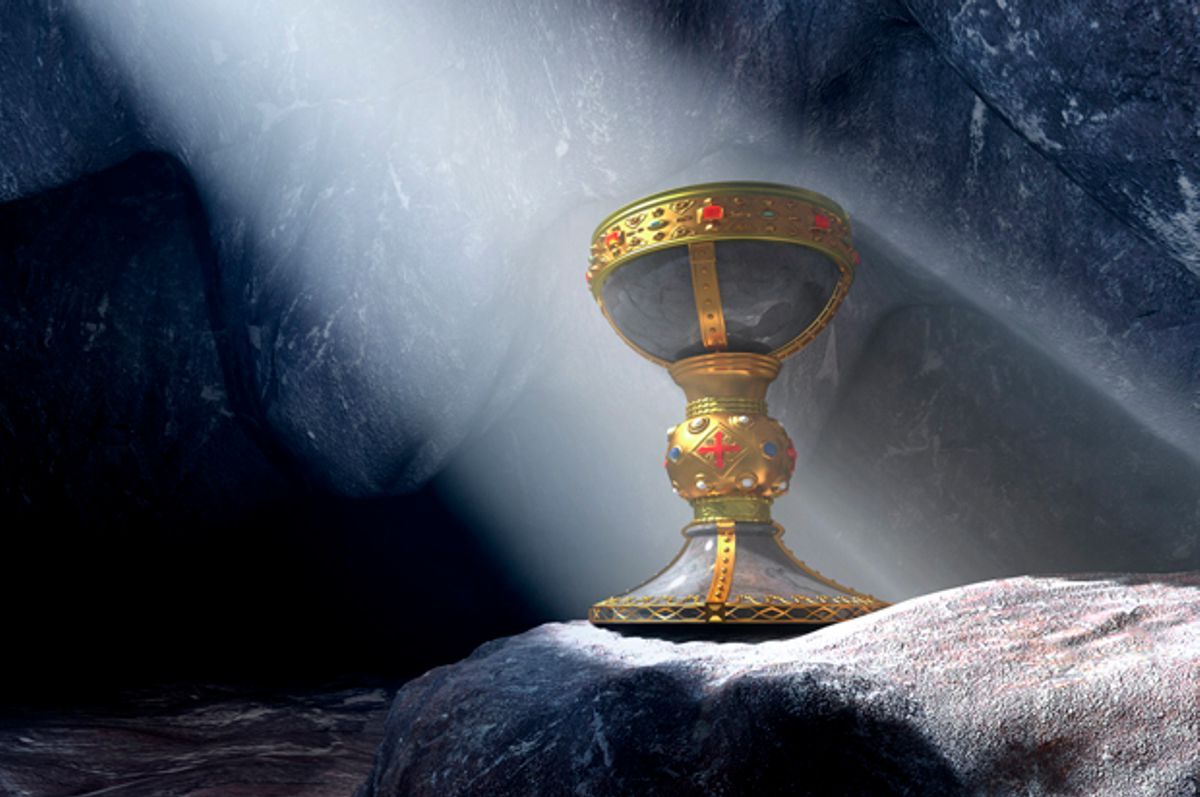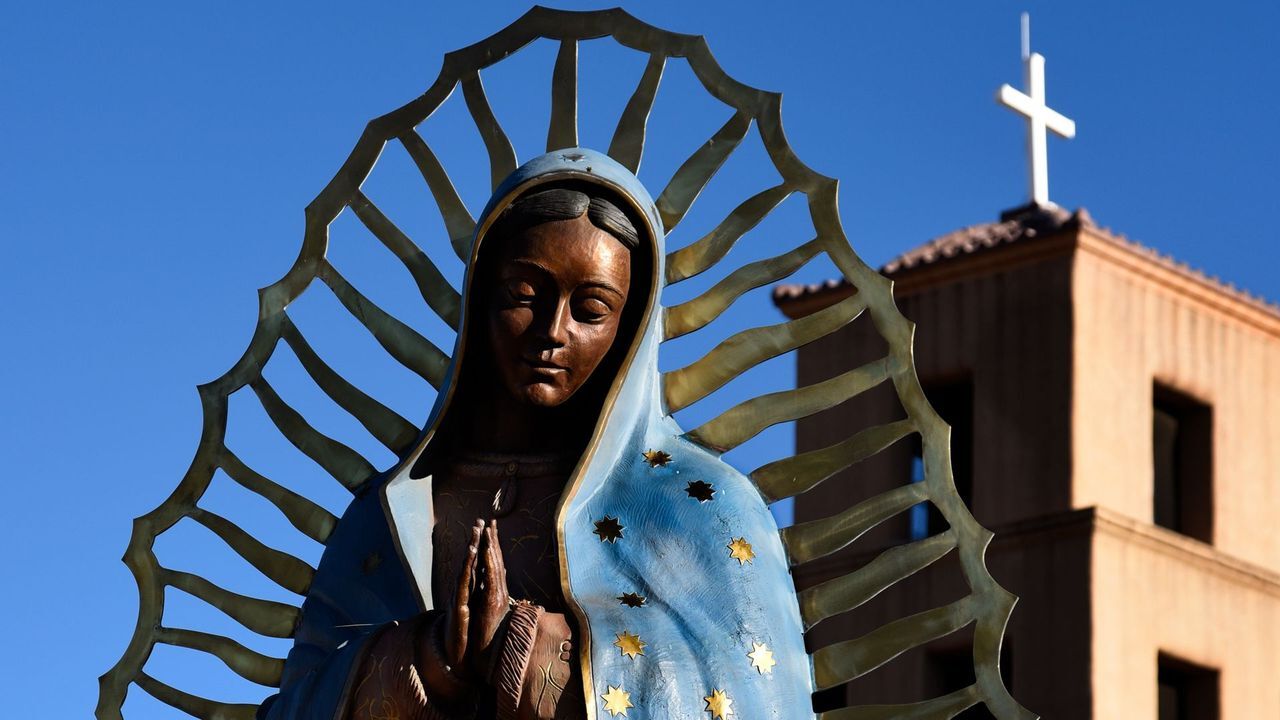
The Holy Grail has fascinated people for centuries, sparking countless legends, books, and movies. But what exactly is it? The Holy Grail is believed to be the cup Jesus Christ used at the Last Supper. Some say it holds miraculous powers, while others think it’s just a myth. Over time, the Holy Grail has become a symbol of ultimate quest and mystery. From King Arthur's knights to modern treasure hunters, many have sought this elusive artifact. But how much do we really know about it? Here are 30 intriguing facts that might surprise you about the Holy Grail.
The Holy Grail: A Legendary Quest
The Holy Grail has fascinated people for centuries. This legendary artifact is often depicted as a cup or chalice with mystical powers. Let's dive into some intriguing facts about this enigmatic relic.
- The Holy Grail is often associated with Jesus Christ, believed to be the cup used at the Last Supper.
- Medieval literature, especially Arthurian legends, popularized the quest for the Holy Grail.
- The term "Holy Grail" has become a metaphor for an ultimate, elusive goal.
- Some believe the Grail has the power to grant eternal life or infinite knowledge.
- The Grail is often linked to the Knights Templar, a medieval Christian military order.
- The first literary mention of the Grail was in Chrétien de Troyes' unfinished poem "Perceval, the Story of the Grail" around 1180.
- The Grail's depiction varies: sometimes a cup, a dish, or even a stone.
- Some theories suggest the Grail is not a physical object but a symbol of spiritual enlightenment.
- The Grail legend has inspired countless books, movies, and TV shows, including "Indiana Jones and the Last Crusade."
- Some believe the Grail is hidden in Glastonbury, England, a place rich in Arthurian lore.
Historical and Religious Context
The Holy Grail's significance extends beyond legends. It has deep roots in history and religion, influencing various cultures and beliefs.
- The Grail is sometimes linked to the Holy Chalice, a relic venerated in the Cathedral of Valencia, Spain.
- Some scholars argue the Grail legend has Celtic origins, connected to magical cauldrons in ancient myths.
- The Grail is often associated with Joseph of Arimathea, who supposedly brought it to Britain.
- In some stories, the Grail is guarded by a mysterious figure known as the Fisher King.
- The Grail quest is seen as a journey of personal and spiritual growth.
- The Grail legend has influenced Christian mysticism and esoteric traditions.
- Some believe the Grail represents the divine feminine, linked to Mary Magdalene.
- The Grail is sometimes connected to the concept of the Philosopher's Stone in alchemy.
- The Grail has been a subject of fascination for secret societies, including the Freemasons.
- Some theories suggest the Grail is hidden in Rennes-le-Château, France, a village with mysterious legends.
Modern Interpretations and Cultural Impact
The Holy Grail continues to captivate modern audiences, inspiring new interpretations and cultural references.
- Dan Brown's novel "The Da Vinci Code" popularized the idea of the Grail as a bloodline of Jesus and Mary Magdalene.
- Monty Python's "Holy Grail" film humorously explores the Grail quest, becoming a cult classic.
- The Grail has appeared in video games, such as "The Legend of Zelda" series.
- Some modern spiritual movements see the Grail as a symbol of inner transformation.
- The Grail legend has influenced modern literature, from fantasy novels to historical fiction.
- The Grail quest is often depicted as a test of character, requiring purity and bravery.
- Some believe the Grail is hidden in Rosslyn Chapel, Scotland, a site with many legends.
- The Grail has inspired numerous art pieces, from medieval manuscripts to contemporary paintings.
- The Grail's elusive nature makes it a powerful symbol of the human search for meaning.
- The Holy Grail remains a topic of scholarly debate, with new theories and discoveries emerging regularly.
The Final Word on the Holy Grail
The Holy Grail remains one of history's most mystifying artifacts. From Arthurian legends to modern-day quests, its allure has captivated countless minds. Whether it's a chalice, a stone, or a symbol of divine grace, the Grail's true nature continues to spark debate. Some believe it holds miraculous powers, while others see it as a metaphor for spiritual enlightenment. Despite numerous theories and expeditions, the Grail's whereabouts and authenticity remain elusive. Yet, this very mystery keeps the legend alive, fueling curiosity and adventure. As we ponder its significance, the Holy Grail reminds us of the enduring human quest for truth and meaning. So, whether you're a history buff, a spiritual seeker, or just love a good mystery, the Holy Grail offers a fascinating journey through time and imagination.
Was this page helpful?
Our commitment to delivering trustworthy and engaging content is at the heart of what we do. Each fact on our site is contributed by real users like you, bringing a wealth of diverse insights and information. To ensure the highest standards of accuracy and reliability, our dedicated editors meticulously review each submission. This process guarantees that the facts we share are not only fascinating but also credible. Trust in our commitment to quality and authenticity as you explore and learn with us.


